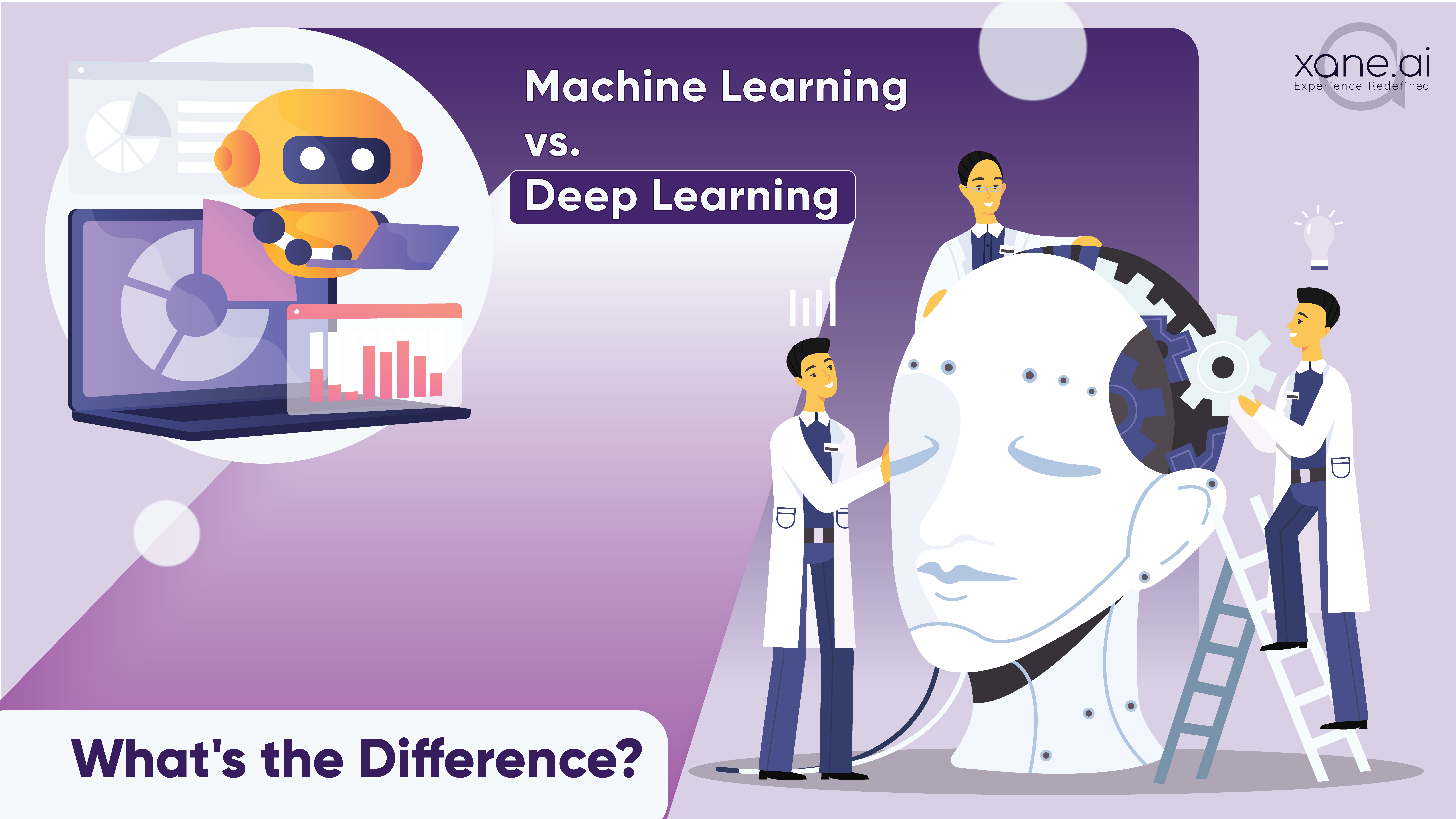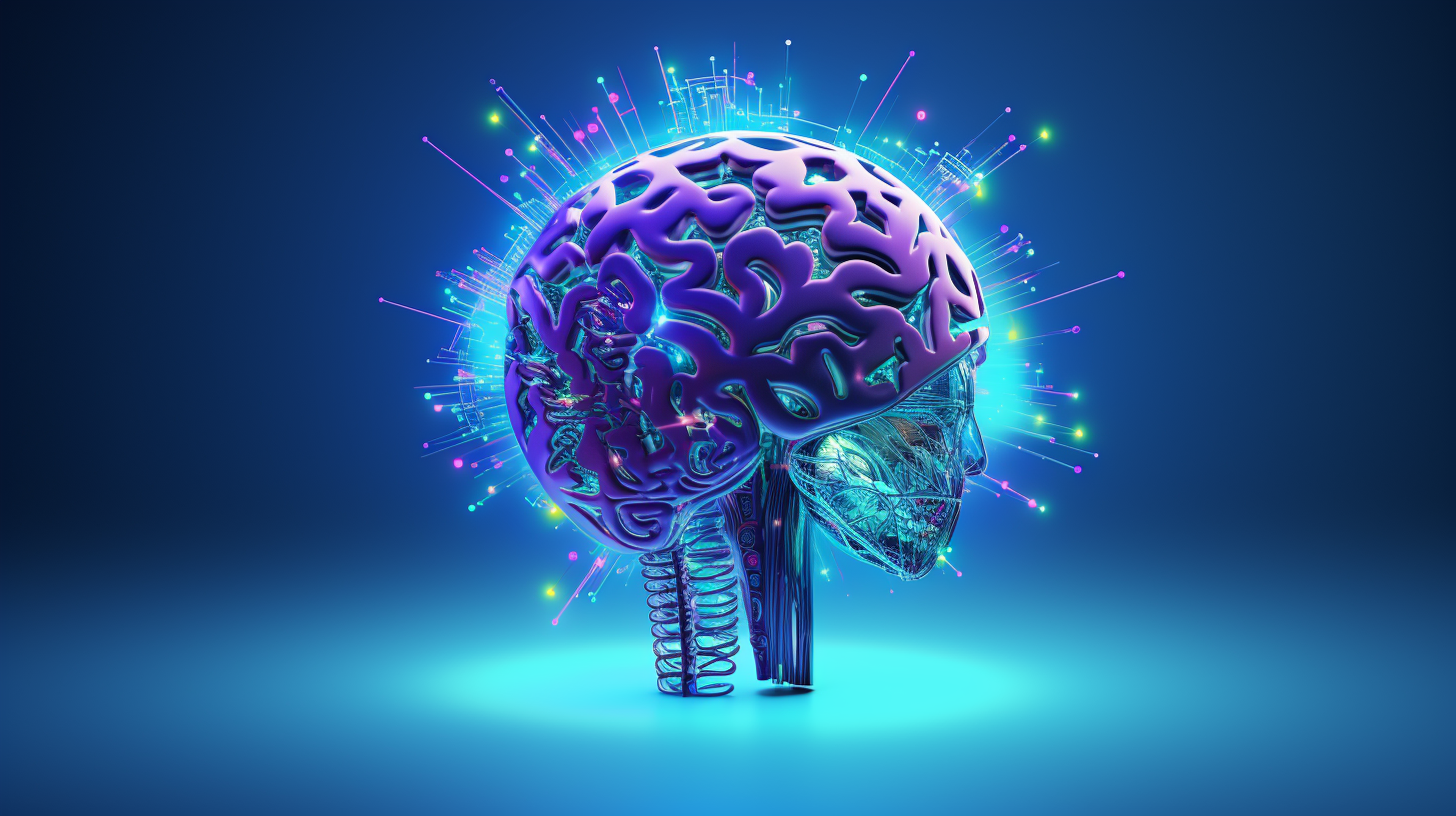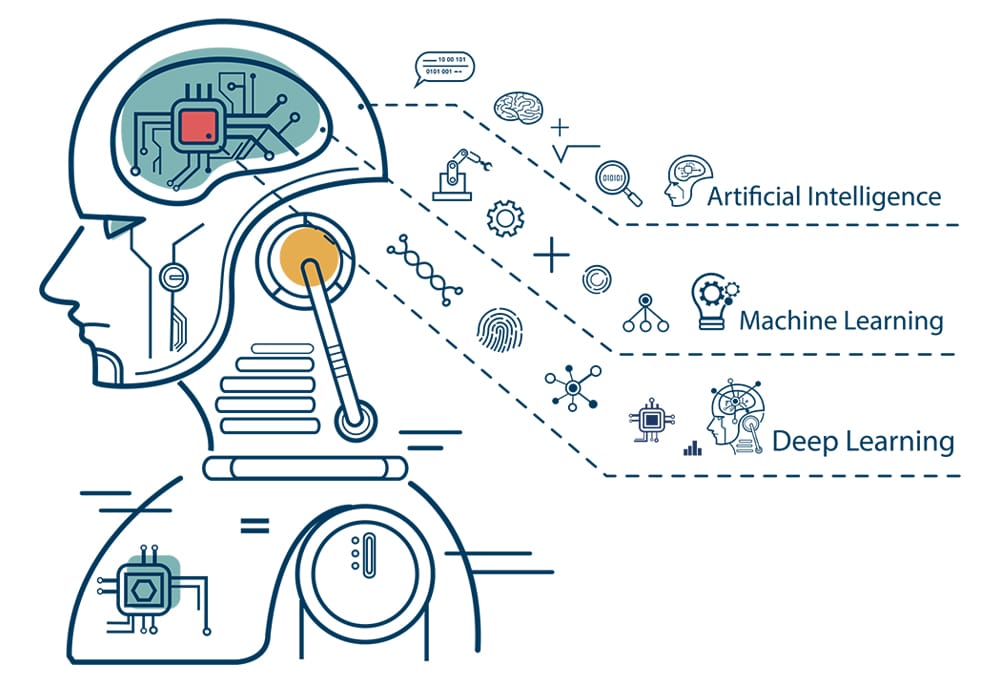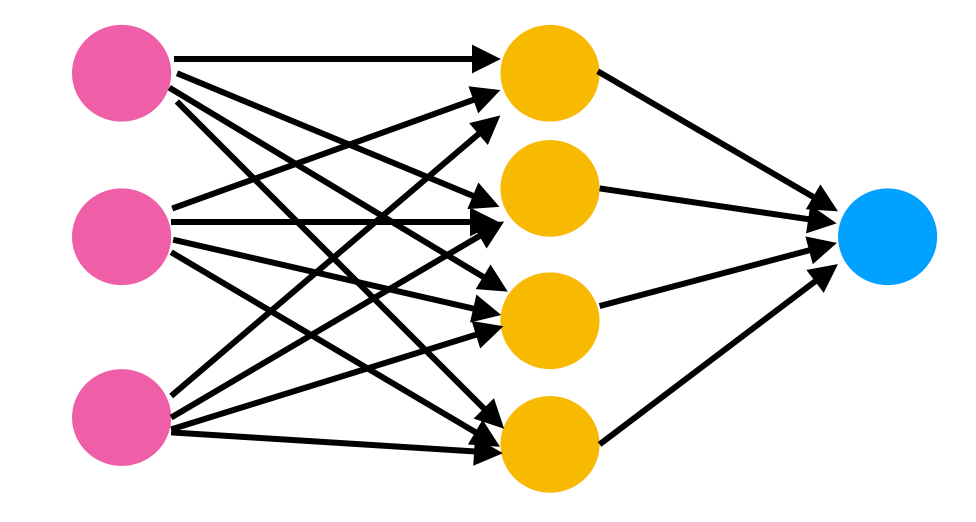
10 Oct Machine Learning vs. Deep Learning: What’s the Difference?
Blog by Oluwasegun Oke
With new advancements in AI-based solutions, flooding the interest domains of many industrial sectors and top marketplaces, for adoption, it further underlines the significance of AI with enormous prospects for growth, and most especially how it is contending to power up different operations of organisations and individuals, who are looking to overcome futuristic challenges.
Again, machine learning and deep learning are in this mix to support new initiatives and bring about high-quality blends of automated AI-based frameworks, to help industries meet set goals, with improved revenue. Now the main objective is to differentiate ML and DL, and we start by emphasizing AI as the bigger link, from which the two came about.

Because the two are subsets of artificial intelligence, and as such, have over the years played a significant role in how AI-based inventions are developed from the ground up, which we are about to treat in great detail.
It must however be emphasized that, while machine learning can predict and mimic human behaviours by analysing vast amounts of data in its database to identify patterns, through algorithmic simulations, which indeed is not without its limitations.
Hence, deep learning emerged to overcome the above limitations, as it employs a neuron-based technology with spot-on resourcefulness to learn both repetitive and complex operations with limited or no human interventions, as it answers to a superior cognitive power if compared to that of machine learning. Going by its design to mimic the functionality as understood from a human brain’s perspective. As such, each neuron contains a considerable amount of nodes, situated at strategic layers of its colossal framework.

So in this blog post, we shall uncover the differences between machine learning and deep learning using as many case studies as possible. But first, let’s define the two fields to gain more insights into how they can be used without interchanging their meanings.
What is Machine Learning?
It is a subset of artificial intelligence, first recognized as being an intersection between computer science and statistics, and equally as a branch of AI which allows machines to learn and behave like humans, without being programmed.
How Data Are Trained in Machine Learning
We want to believe that having a process as training data, is just like that of a toddler. He gets to learn by differentiation and comparison between different objects, which is the same process often followed in training high-quality data, to achieve the highest level of accuracy in broad-ranging machines.

Let’s say a bunch of keys are placed on the floor, and each is picked up one after another, before the toddler: This is our shop key, and here, our fridge’s key, see, this is our store key, and so on. And next, we expect the child to scoop in on every detail by identifying each key to our amazement. The same technique is engaged to train the first set of machine learning data, known as training data. They are fed into the machines, before new raw inputs are later introduced, to be trained by the first set of data (training data).
At this stage, the output is determined by the training data and is called predictive model. And this process continues. A new set of inputs are fed into the systems, and what is obtained as outputs are then termed test data. As we mentioned earlier, the quality of the test data (the last outputs) depends heavily on the quality of the first set of data (training data).
The test data is therefore engaged to determine the performance of the predictive models.
Limitations of Machine Learning
- ML is unable to take the feature engineering of any object to the highest standard recommended. Let’s use a case study of two cups (Blue and Green) with varying sizes. In order to engage feature engineering using machine learning to define the two, human interventions are inevitable. On the contrary, deep learning neural networks do a better job of advancing these feature engineering aspects to the peak, with desirable outcomes. We can now see that colour, size, designs, and other attributes making up the two cups are best determined, analysed, processed, and mimicked with no human intervention using deep learning.
- ML fails to live up to expectations if there is an excessive increase in the number of its models, to a certain degree.
- It is incapable of solving complex problems on its algorithmic models. A sharp contrast to other fields, such as natural language processing, computer vision, deep learning, and so on.
Deep Learning
As said earlier, it is an evolution of machine learning, due to the latter inability to solve complex problems, due to the mishandling of every detail of images or objects to be processed, owing to its poor nature of compromising the best possible traits of feature engineering.
As such, deep learning learns like a human brain does, unlike what is obtainable in ML. The only necessary part is feeding it with high-quality data at first, and observing it learn and adjust to both internal and external influences, as applied in autonomous vehicles.
Now, back to what makes deep learning a preferred alternative, then we have to mention it is designed to mimic how the human brain functions. In this case, however, an unlimited number of algorithms, in the form of neurons, are at work. Next, we have to keep in mind that neurons are vital components of neural networks, located in the engine room of deep learning.
They (neural networks) can process as much information as necessary to perform broad-ranging operations and activities, all while responding to different circumstances.
The Structure of a Neuron in Deep Learning
The smallest units of both of its ends are classified as two neurons with similar dimensions. One end is an input layer, and the other is an output layer. While all of the layers between the two ends are known as hidden layers. High-quality data are first fed into the input layer, to derive the best possible solutions, as processing of data takes place, moving from one hidden layer to another.

Along each segment, the initial input is multiplied by the weighted values of each hidden layer and is transformed this way by different weighted channels located in the neural layers arrangement. It is also true that the hidden layers can reach up to unlimited numbers, making it a well-rounded model, and a more dependable alternative.
And as the weights in each layer are constantly being influenced, changes take place as well in each data processing stage, along the hidden layers processing, given a balance of some sort, following the most optimised outputs required.

